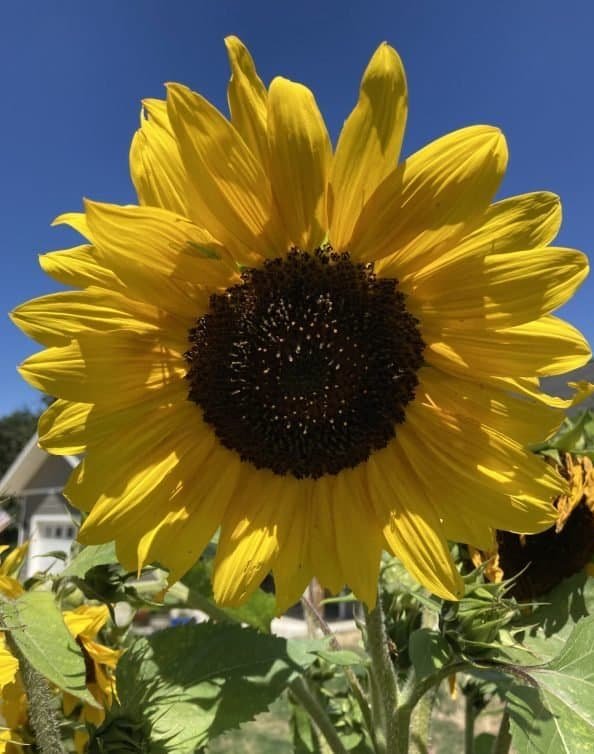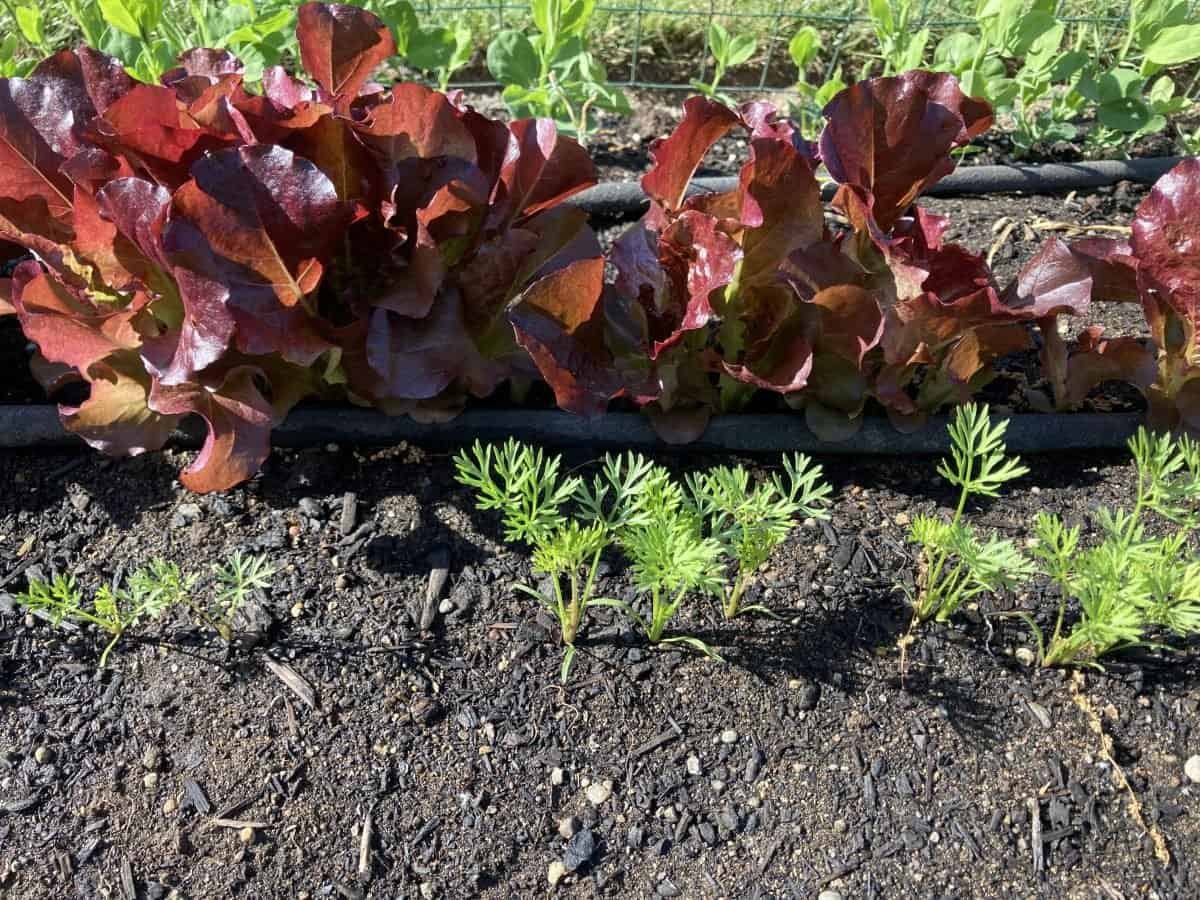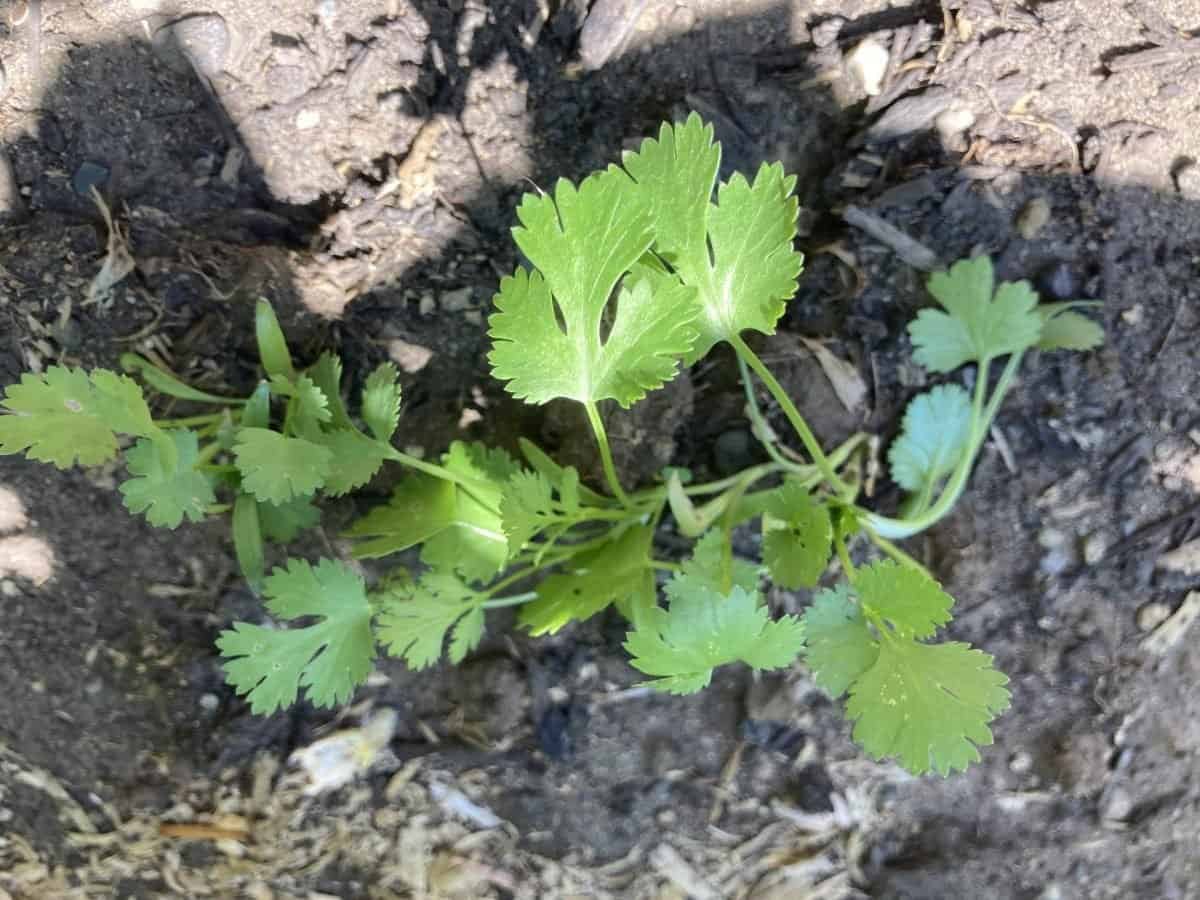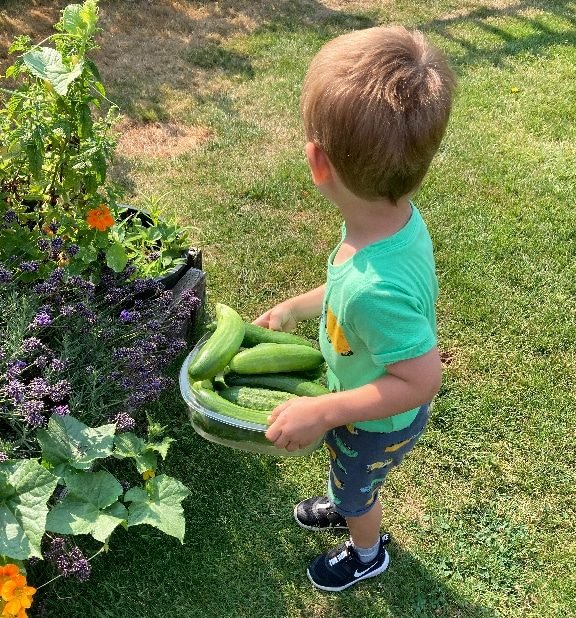Sunflowers are a popular flower for gardeners and farmers alike. They are easy to grow and can add a cheerful touch to any landscape. However, growing the best sunflowers takes a bit of knowledge and effort. In this article, we will provide you with tips on how to grow the best sunflowers.

Firstly, it’s important to choose the right variety of sunflower for your growing conditions. Some sunflowers are better suited for certain climates or soil types than others. Additionally, consider the size of the sunflower you want to grow. Some varieties can grow up to 12 feet tall, while others are more compact.
Next, proper soil preparation is key to growing healthy sunflowers. Sunflowers prefer well-draining soil that is rich in organic matter. Before planting, amend your soil with compost or other organic matter to improve soil structure and fertility. Additionally, sunflowers require full sun, so choose a location with at least six hours of direct sunlight per day.


Choosing the Right Sunflower Variety
Choosing the right sunflower variety is the first step in growing the best sunflowers. There are many different varieties available, and each has its own unique characteristics. Here are some things to consider when choosing a sunflower variety:
- Size: Sunflowers come in a range of sizes, from dwarf varieties that grow just a few feet tall to giant varieties that can reach up to 15 feet tall. Consider the size of your garden and the space you have available when choosing a variety.
- Color: Sunflowers come in many different colors, including yellow, red, orange, and even bi-colored varieties. Choose a color that will complement the other plants in your garden.
- Bloom Time: Some sunflower varieties bloom earlier in the season, while others bloom later. Consider when you want your sunflowers to bloom and choose a variety accordingly.
- Seed Type: Sunflowers can be grown from either traditional seeds or hybrid seeds. Traditional seeds are open-pollinated and will produce plants that are true to the parent plant. Hybrid seeds are created by crossing two different varieties and will produce plants with characteristics of both parent plants.
- Bloom Type: Sunflowers come in multi-flower heads and single -lower heads. For longer bloom time the best choice is multi-flower heads.
Once you have considered these factors, you can choose a sunflower variety that is best suited to your garden. Some popular sunflower varieties include:
| Variety | Size | Color | Bloom Time |
|---|---|---|---|
| Moulin Rouge | 6-8 feet tall | Red | Late summer to fall |
| Italian White | 5-7 feet tall | White | Mid-summer to fall |
| Lemon Queen | 5-7 feet tall | Yellow | Mid-summer to fall |
Remember to choose a variety that is well-suited to your climate and growing conditions for the best results.
Steps on How to Grow the Best Sunflowers
Preparing the Soil
Before planting sunflowers, it is important to prepare the soil to ensure the best growth and yield. Here are a few steps to follow:
- Remove any weeds or debris from the planting area. Sunflowers grow best in soil that is free of competition from other plants.
- Loosen the soil with a tiller or garden fork to a depth of at least 12 inches. This will help the roots of the sunflowers penetrate the soil more easily.
- Add organic matter, such as compost or well-rotted manure, to the soil. This will improve soil structure and fertility, and help retain moisture.
- Test the soil pH and adjust if necessary. Sunflowers prefer slightly acidic soil with a pH between 6.0 and 7.5.
- Apply a balanced fertilizer, such as a 10-10-10 or 12-12-12, according to the package instructions. This will provide the sunflowers with the necessary nutrients for growth.
By following these steps, you can ensure that your sunflowers will have a healthy start and grow strong and tall.
Planting Sunflower Seeds
When it comes to planting sunflower seeds, there are a few key factors to keep in mind in order to ensure the best possible growth and yield. Here are some tips to help you get started:
- Choose a sunny location: Sunflowers thrive in full sun, so choose a spot in your garden that gets at least six hours of direct sunlight per day.
- To get the best show of flowers facing you plant your sunflowers on the west side of your property since the flowers for the most part will face the east.
- Prepare the soil: Sunflowers prefer well-drained soil that is rich in organic matter. Work compost or other organic material into the soil before planting to help improve drainage and fertility.
- Plant at the right time: Sunflowers should be planted after the last frost in your area. Depending on your location, this could be anywhere from early spring to late May. Also, you can plant them late in the season since they are so fast to grow and still get lots of showy flowers, they only need 45 days to start flowering on many varieties.
- Plant the seeds: Plant the seeds about 1 inch deep and 6 inches apart. Cover with soil and water thoroughly.
- Keep the soil moist: Sunflowers need consistent moisture in order to grow properly. Water regularly, especially during dry spells.
- Thin the seedlings: Once the seedlings have emerged, thin them out so that they are spaced about 18-24 inches apart. This will give them room to grow and prevent overcrowding.
By following these simple tips, you can help ensure that your sunflowers grow strong and healthy. With a little bit of care and attention, you’ll be enjoying beautiful blooms in no time!
Watering and Fertilizing
Watering and fertilizing are essential to growing the best sunflowers. Proper watering and fertilizing techniques will help your sunflowers grow taller, and stronger, and produce more blooms. Sunflowers require lots of nitrogen to produce larger and more flowers.
Watering
Sunflowers require regular watering, especially during their early growth stages. Watering should be done deeply and infrequently. This means giving the plants a good soaking once or twice a week, rather than frequent light watering. Make sure the soil is moist to a depth of at least six inches. Avoid getting water on the leaves, as this can lead to disease.
It’s important to note that sunflowers are drought-tolerant, so be careful not to overwater them. Overwatering can lead to root rot and other issues. If you’re not sure when to water, stick your finger into the soil. If it feels dry to the touch, it’s time to water.
Fertilizing
Sunflowers require regular fertilizing to ensure healthy growth and abundant blooms. Before planting, work a slow-release fertilizer into the soil. This will provide the plants with nutrients throughout the growing season.
Once the sunflowers have started growing, you can supplement with a liquid fertilizer every two weeks. Look for a fertilizer with a higher nitrogen content, as this will encourage flower production. Be careful not to over-fertilize, as this can lead to excessive foliage growth and fewer blooms.
Another option is to use organic fertilizers, such as compost or manure. These will provide the plants with nutrients and improve soil health.
By following these watering and fertilizing tips, you can grow the best sunflowers and enjoy beautiful blooms all season long.
Supporting Sunflower Growth
Once you have planted your sunflower seeds, it’s important to take care of them properly to ensure they grow healthy and strong. Here are some tips for supporting sunflower growth:
- Watering: Sunflowers need consistent watering, especially during the first few weeks after planting. Keep the soil moist but not waterlogged, as too much water can lead to root rot.
- Fertilizing: Sunflowers benefit from regular fertilization, especially during their early growth stages. Use a balanced fertilizer with a higher phosphorus content to encourage root development and nitrogen for flower and leaf development.
- Support: As sunflowers grow taller, they may need support to prevent them from falling over. Use stakes or a trellis to support the stem, being careful not to damage the roots.
- Pruning: Remove any dead or damaged leaves or flowers to encourage healthy growth.
- Pest Control: Sunflowers are susceptible to aphids and other pests. Use insecticidal soap or neem oil to control infestations. The biggest pest is squirrels that will climb the stalks to eat the seeds of your sunflowers.
By following these tips, you can help your sunflowers grow to their full potential and produce beautiful blooms.
Pollinators and Your Sunflowers
As you can see in this photo bees love Sunflowers, by planting them you will attract and support the bees that we need to pollinate our fruit and vegetables.

Harvesting Sunflowers
Once the sunflowers have fully bloomed and the petals have fallen off, it’s time to harvest them. The harvest timing is crucial to ensure the seeds are mature and ready for consumption or storage. One of your biggest challenges will be to harvest them before birds and squirrels eat them. Here are some steps to follow:
- Check the back of the sunflower head to see if the seeds are fully formed and plump. If the seeds are still small and not fully formed, wait a few more days before harvesting.
- Use pruning shears or a sharp knife to cut the sunflower head from the stem, leaving about 6 inches of stem attached to the head.
- Remove any remaining petals or debris from the sunflower head.
- Hang the sunflower head upside down in a dry, well-ventilated area, such as a shed or garage. Make sure the area is free from moisture and direct sunlight.
- Allow the sunflower head to dry for at least 2-3 weeks, or until the seeds are completely dry and easy to remove.
- Once the seeds are dry, use your hands or a fork to gently remove them from the sunflower head. Place the seeds in a container for storage or consumption.
Here are the instructions to Bake Sunflower Seeds
- Ingredients:
- 1 cup raw sunflower seeds
- 1 tablespoon olive oil
- 1/2 teaspoon salt (or to taste)
Instructions:
- Preheat your oven to 350°F (175°C).
- Rinse the sunflower seeds in a strainer and remove any debris or shells.
- Pat the seeds dry with a paper towel.
- In a bowl, mix the sunflower seeds with olive oil and salt until evenly coated.
- Spread the seeds in a single layer on a baking sheet lined with parchment paper.
- Bake for 10-15 minutes, stirring occasionally, until the seeds are lightly golden and fragrant.
- Remove from the oven and let cool completely before storing in an airtight container.
Enjoy your homemade baked sunflower seeds as a healthy snack or add them to your favorite recipe
Recap How to Grow the Best Sunflowers
Sunflowers are a great flower to grow in your garden for their quick growth, beautiful flowers, and great seeds to eat when harvesting them.
They are easy to grow especially for children since the seeds are large and they are fast growing.
Sunflowers need water and a little fertilizer to provide you with large beautiful flowers all summer long.
You can enjoy the flowers and finally, the seeds to bake and enjoy for a long time after the flowers have faded.
Growing and harvesting sunflowers can be a fun and rewarding experience. With proper timing and care, you can enjoy the delicious and nutritious seeds for months to come.




